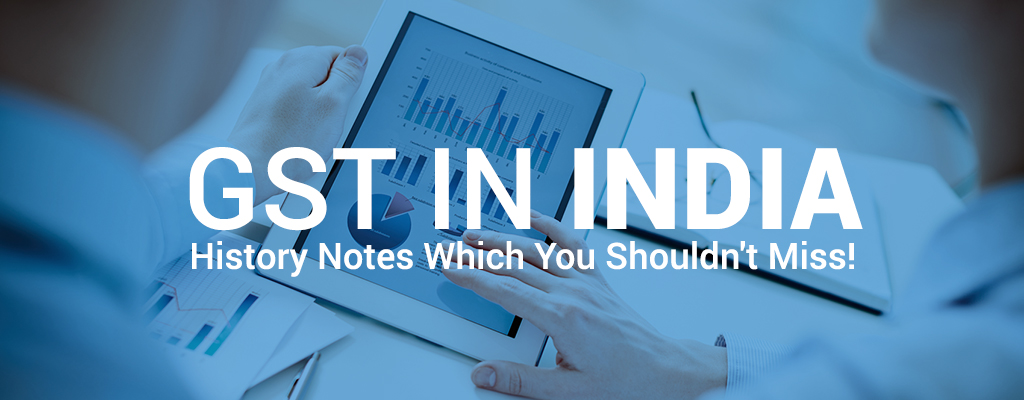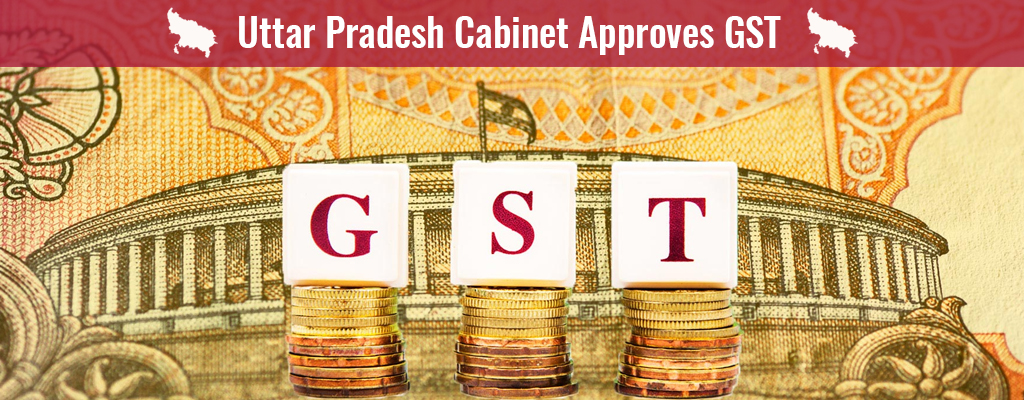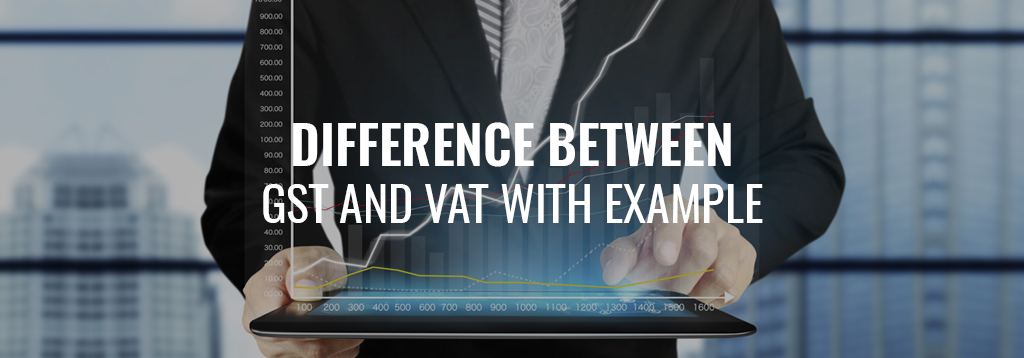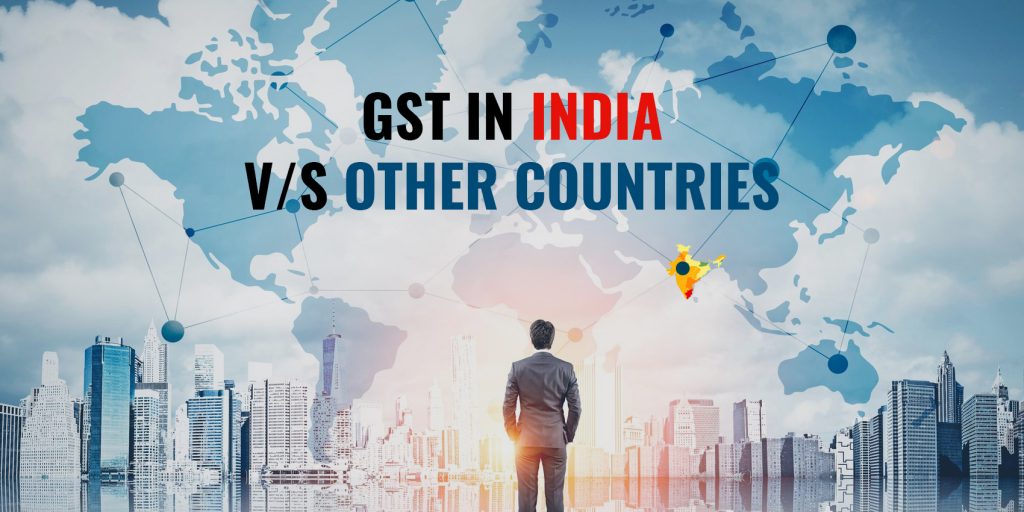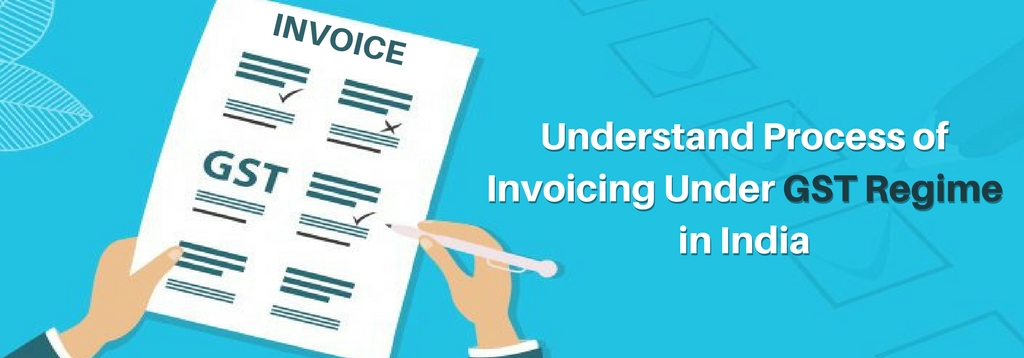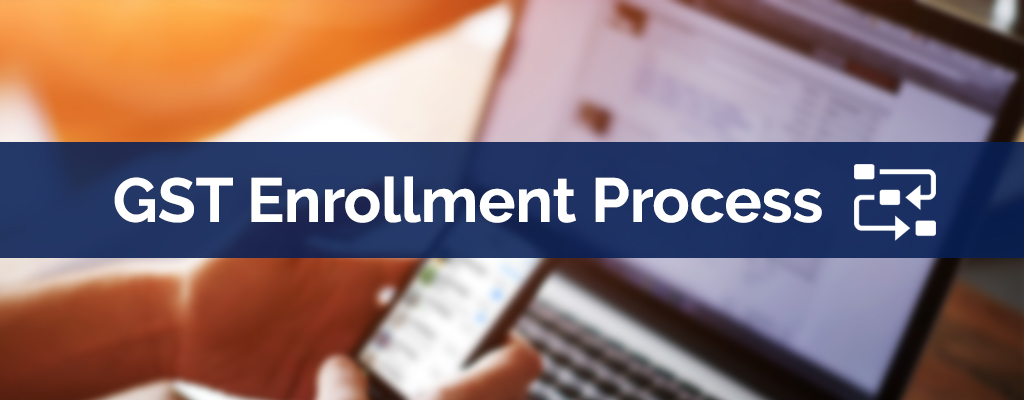
It’s time to GST enrollment. GST is a complete overhaul of the old indirect tax system, and what makes it even more disruptive is the fact that all transactions under GST – right from GST registration and raising invoices to file returns and paying taxes – have to be done online.
There would be no manual filing of returns, no paper invoices and no physical payment of taxes. It also means all existing assessees and those who are likely to come under the tax net, have to adopt a digital interface to interact with the tax authorities and move their internal operations to the digital space.



